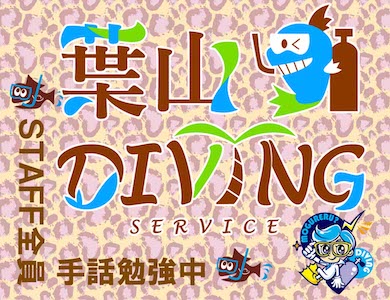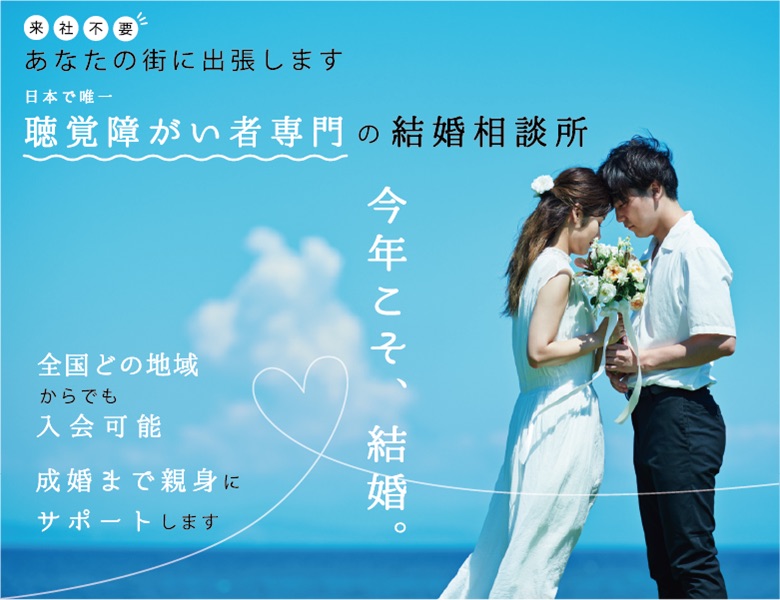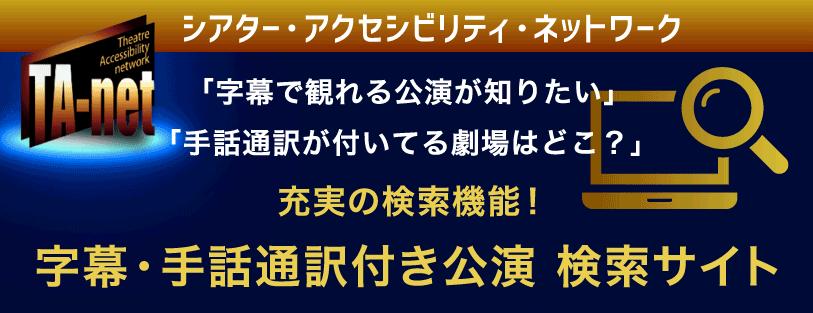日本手話学会主催 2012年度第1回小研究会
手話の歴史的変化について
― 指文字の手話化の事例を中心に ―
Susan FISCHER 名誉教授
Rochester Institute of Technology
11月3日 (土) 13時30分~17時 (13時開場)
東京女子大学 3号館 3225教室
参加費:会員無料 非会員1000円
【通訳】 なし 講義,質疑応答,討論は日本手話のみで行います。
In American Sign Language (ASL), a common way to borrow vocabulary from English is through fingerspelling, a letter-by-letter transliteration of English words. Some interrogative pronoun signs in ASL were derived from English fingerspelling, and then simplified in order to follow ASL phonolotactics (Battison, 1978); for example, the two variants of the sign WHO are different simplifications of fingerspelling W-H-O. The sign WHY is probably also derived from fingerspelling W-H-Y in a particular location. Other ASL signs such as WHAT, HOW, and WHEN are apparently not related to fingerspelling. Alongside these lexical signs, however, are fingerspelled versions, W-H-A-T, H-O-W, and W-H-E-N, along with #WHAT, a shortened version of W-H-A-T. W-H-E-N has almost completely displaced the signed forms. The fingerspelled versions of WHAT and HOW, on the other hand have come to have meanings and syntactic distributions distinct from the signed versions. Just as fingerspelling is used els
ewhere in ASL for emphatic purposes, fingerspelled Wh-words are used both for emphasis and, in the case of W-H-A-T and #WHAT, incredulity. This kind of borrowing is thus an example of semantic split through borrowing.
【問い合わせ先】 日本手話学会事務局 E-mail: jaslinfo@jasl.jp Fax: 075(315)8472
http://office.twcu.ac.jp/info/access.html
http://office.twcu.ac.jp/aboutus/guide/map.html
イベントEVENT
他の情報を探す
掲載記事募集中!
あなたも、しかく掲示板に「お知らせ」や「イベント情報」を載せてみませんか?
ろう者や聴覚障害、手話などに関する内容であればOKです。費用は一切かかりません!



